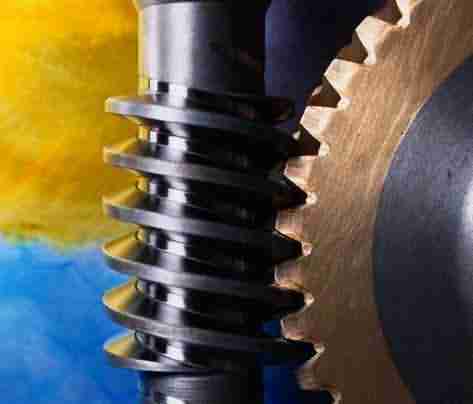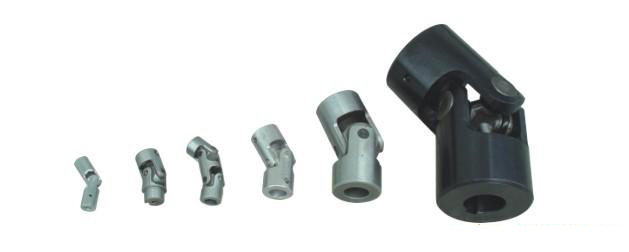EQUIPAMENTOS
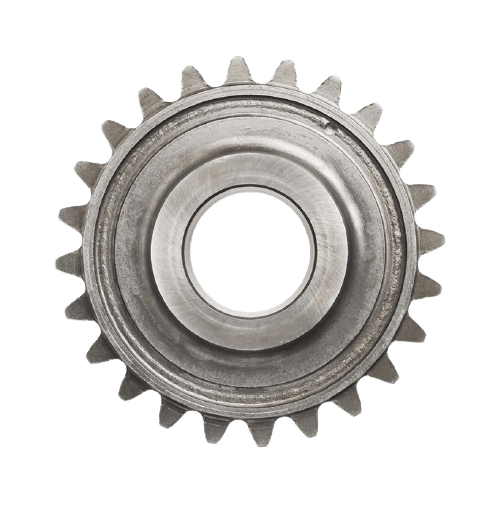
-
PLANET CARRIER
-
RING GEARS
-
Ever-power produce all kinds of helical ring gears
-
Differential Gears
-
Spur gears and Helical gears
-
WORM GEARS & WORMS
-
Bevel Gears and Spiral Bevel gears
-
Braço de Torque
-
Juntas universais
-
Conjunto da junta de direção
-
Eixo de acionamento do setor
-
Trcuk driveline / Eixo de transmissão para caminhões
Spur Gears
The most common type of gears employed, spur gears are constructed with straight teeth cut or inserted parallel to the gear’s shaft on a circular (i.e., cylindrical) gear body. In mated pairs, these gears employ the parallel axes configuration to transmit motion and power. Depending on the application, they can be mated with another spur gear, an internal gear (such as in a planetary gear system), or a gear rack (such as in a rack and pinion gear pair).
The simplicity of the spur gear tooth design allows for both a high degree of precision and easier manufacturability. Other characteristics of spur gears include lack of axial load (i.e., the thrust force parallel to the gear shaft), high-speed and high-load handling, and high efficiency rates. Some of the disadvantages of spur gears are the amount of stress experienced by the gear teeth and noise produced during high-speed applications.
This type of gear is used for a wide range of speed ratios in a variety of mechanical applications, such as clocks, pumps, watering systems, power plant machinery, material handling equipment, and clothes washing and drying machines. If necessary for an application, multiple (i.e., more than two) spur gears can be used in a gear train to provide higher gear reduction.
Helical Gears
Similar to spur gears, engrenagens helicoidais typically employ the parallel axes configuration with mated gear pairs, but, if aligned properly, they can also be used to drive non-parallel, non-intersecting shafts. However, unlike spur gears, these gears are constructed with teeth which twist around the cylindrical gear body at an angle to the gear face. Helical gears are produced with right-hand and left-hand angled teeth with each gear pair comprised of a right-hand and left-hand gear of the same helix angle.
The angled design of helical teeth causes them to engage with other gears differently than the straight teeth of spur gears. As properly matched helical gears come in contact with one another, the level of contact between corresponding teeth increases gradually, rather than engaging the entire tooth at once. This gradual engagement allows for less impact loading on the gear teeth and smoother, quieter operation. Helical gears are also capable of greater load capabilities but operate with less efficiency than spur gears. Further disadvantages include the complexity of the helical tooth design, which increases the degree of difficulty in its manufacturing (and, consequently, the cost) and the fact that the single helical gear tooth design produces axial thrust, which necessitates the employment of thrust bearings in any application which uses single helical gears. This latter necessity further increases the total cost of using helical gears.
|
Type of Gear |
Características |
|
Spur |
|
|
Helical |
|
|
Bevel |
|
|
Worm |
|
|
Rack and Pinion |
|
Bevel Gears
Bevel gears are cone-shaped gears with teeth placed along the conical surface. These gears are used to transmit motion and power between intersecting shafts in applications which require changes to the axis of rotation. Typically, bevel gears are employed for shaft configurations placed at 90-degree angles, but configurations with lesser or greater angles are also manageable.
There are several types of bevel gears available differentiated mainly by their tooth design. Some of the more common types of bevel gears include straight, spiral, and hzpt bevel gears.
Straight Bevel Gears
The most commonly used of the bevel gear tooth designs due to its simplicity and, consequently, its ease of manufacturing, straight bevel teeth are designed such that when properly matched straight bevel gears come into contact with one another, their teeth engage together all at once rather than gradually. As is the issue with spur gears, the engagement of straight bevel gear teeth results in high impact, increasing the level of noise produced and amount of stress experienced by the gear teeth, as well as reducing their durability and lifespan.
Spiral Bevel Gears
In spiral bevel gears, the teeth are angled and curved to provide for more gradual tooth engagement and more tooth-to-tooth contact than with a straight bevel gear. This design greatly reduces the vibration and noise produced, especially at high angular velocities (>1,000 rpm). Like helical gears, spiral bevel gears are available with right-hand or left-hand angled teeth. As is also the case with helical gears, these gears are more complex and difficult to manufacture (and, consequently, more expensive), but offer greater tooth strength, smoother operation, and lower levels of noise during operation than straight bevel gears.
Por que nos escolher?
(1) Oferecemos serviços de OEM e enviamos vários estilos e designs mais recentes aos clientes;
(2) Cooperamos com os principais clientes do Sudeste Asiático, da África, do Oriente Médio, da América do Norte e da América do Sul;
(3) De acordo com as necessidades dos clientes em diferentes regiões, combinamos vários estilos de redutores para você, para que nossos clientes tenham grande competitividade no mercado!
(4) Temos mais de 20 anos de vasta experiência em fornecer aos clientes produtos de alta qualidade e os serviços mais profissionais!
(5) Podemos exportar mercadorias com flexibilidade de qualquer porto da China! Seja bem-vindo a nos consultar!
vantagem da empresa:
1. Grande capacidade de produção e entrega rápida.
2. Regras rigorosas de inspeção de controle de qualidade: todos os produtos devem passar pela inspeção 100% antes da entrega.
3. Fornecer serviço OEM/ODM
4. Serviço on-line 24 horas.
5. Consulta de cotações em tempo real
6. Alta qualidade, alta confiabilidade e longa vida útil do produto.
7. Os fabricantes profissionais oferecem preços competitivos.
8. Trabalhadores qualificados diversificados e experientes.
Sistema de gerenciamento de qualidade:
Na HZPT, a qualidade dos produtos e serviços tem a mais alta prioridade.
Nossos funcionários recebem treinamento sobre métodos e princípios de qualidade.
Em todos os níveis da organização, temos o compromisso de melhorar a qualidade dos produtos e dos processos.
Esse compromisso profundo nos ajudou a atrair a confiança dos clientes e a nos tornarmos a marca preferida do mundo.
Pacote e prazo de entrega
Tamanho: Desenhos
Caixa de madeira/contêiner e palete, ou conforme especificações personalizadas.
Amostras de 15 a 25 dias. 30 a 45 dias para pedidos comerciais
Porto: Porto de Xangai/Ningbo
Perguntas frequentes
PERGUNTAS FREQUENTES:
Para o cliente
As compras da China são lucrativas?
A China continua sendo um dos maiores fornecedores do mundo. Com certeza, os produtos que você escolheu são lucrativos em seus mercados-alvo, pois a China está fornecendo ao mundo com qualidade e preços competitivos.
2) Preciso viajar para a China para comprar produtos?
Cuidamos de tudo para que você possa economizar com passagens aéreas, hotéis e despesas de viagem. No entanto, se você decidir visitar a China, tentaremos providenciar uma estadia maravilhosa para que sua experiência de viagem seja agradável.
3) Que tipo de produtos vocês fornecem?
Uma ampla gama de produtos industriais, automotivos e agrícolas. Cada produto é atribuído a uma equipe especializada.
4) Quais são os meus riscos ao comprar da China ou ao trabalhar com vocês?
Basicamente, você não corre nenhum risco. Nós fazemos as compras para você e você pode ficar tranquilo com nossas inspeções. Se você tiver tempo de vir à China, poderá nos visitar durante o processo de produção. Você tem acesso às nossas redes de contato e equipe de vendas. Tomaremos medidas sérias em relação a seus produtos, como os nossos. Você não precisa viajar se não quiser, pois tem parceiros experientes na China.
5) Posso encontrar o fornecedor dos meus produtos por conta própria, por que preciso de vocês?
Você pode fazer isso. No entanto, seu investimento será muito maior. Além disso, você não terá um parceiro local que conheça o mercado e possa lhe dar acesso a uma rede de oportunidades.
Para comprar seus produtos da China, você precisa ter um escritório local para assinar contratos com fornecedores, uma equipe de engenheiros para fazer inspeções de qualidade e quantidade periodicamente. Você precisa conhecer as fontes de matéria-prima, e o mais importante é evitar qualquer terceirização.
6) Como você está estruturado?
Temos diferentes departamentos, cada um deles especializado em cada aspecto. Podemos fornecer assistência logística, assistência de sourcing, assistência de inspeção e assistência jurídica.
7) Esse serviço é apenas para grandes empresas?
Não, temos certeza de que, já na primeira vez em que formos uma empresa, você terá uma confiança calorosa para manter seus negócios conosco, pois nosso relacionamento se baseia na honestidade e em benefícios mútuos, de modo que, no futuro, você ampliará seus negócios. Nós nos preocupamos com você e o tornamos muito mais forte do que antes. Juntos, vamos de força em força.
Damos as boas-vindas a qualquer empresa, de pequeno a grande porte, vamos progredir.
Para obter mais informações, envie-nos um e-mail
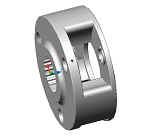

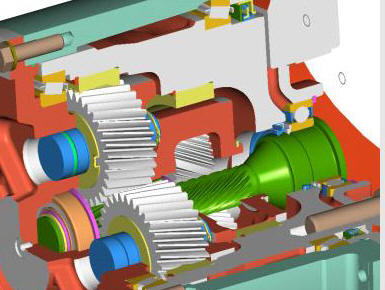

/helica1.jpg)
